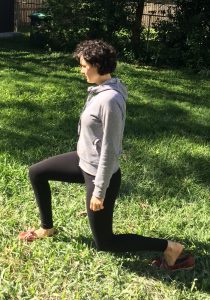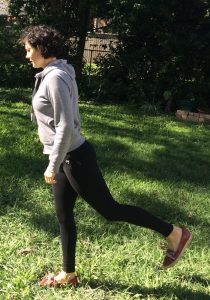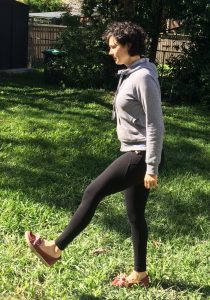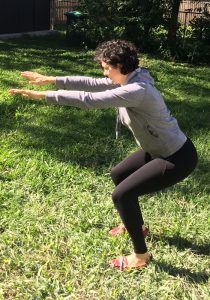7 Tips to Prevent Running Injuries
…Run on down to your physio!
Running season is upon us. It’s now less than three months until Bridge To Brisbane and it’s the perfect time to start training, especially if you aren’t a regular runner. Adequate training and race preparation are key to avoiding sports injuries and being able to enjoy your running. You might even run a PB!
Lower limb injuries are very common in runners. The four most common injuries are:
- shin pain (medial tibial stress syndrome)
- achilles pain (achilles tendinopathy)
- arch pain (plantar fasciitis)
- knee pain (patellofemoral pain)*
Previous lower limb injuries are also a big risk factor for new injuries in runners**. If you have an old injury that still niggles now is the perfect time to see our physiotherapists to ensure this doesn’t hinder your training.
Here are our top tips to help prevent running injuries:
1. Invest in a good pair of running shoes
Your feet are going to take thousands of steps while you’re training. It’s worth buying a good pair of running shoes that provide support and cushioning for your feet and legs. Our physiotherapists can recommend a suitable shoe for you. It’s best to alternate wearing your old shoes and your new shoes to break them in slowly. We also work closely with local podiatrists if you need an orthotic made.
2. Start your training program slowly and progress slowly
Your body needs time to adapt to the new loads you are putting it through when running. When your foot hits the ground the transient impact force is up to three times your body weight. Slowly progressing your training allows the different tissues (bone, muscle, cartilage) to adapt and grow stronger. Progressing too quickly often leads to overuse injuries. Rest days are important for recovery and growth.
3. Warm up with dynamic stretching
The aim of a warm up is to increase blood flow to the muscles you are about to exercises. Active movements are ideal for warming up. We suggest brisk walking followed by leg swings, mini squats and walking lunges.



4. Cool down and recover with static stretching or self massage with a foam roller or spikey ball
Recovery is just as important as training itself. Stretching, self massage and physiotherapy can help your body by flushing out lactic acid, returning muscles to their resting length and minimising post training soreness.
5. Drink plenty of water
It’s personal preference if you drink during your running sessions. Generally, you don’t need to drink extra water if you aren’t training more than one hour. The colour of your urine is a good indicator of if you are hydrated. Clear or pale yellow is best.
6. Add some strength and core stability exercises to your training program

 Our physiotherapists can advise you on specific exercises for any weaknesses you have. A strength program needs to target the calves, hamstrings, gluts and abdominals. This can be performed at home or in the gym. Our physiotherapists can also write a specific Clinical Pilates program for you.
Our physiotherapists can advise you on specific exercises for any weaknesses you have. A strength program needs to target the calves, hamstrings, gluts and abdominals. This can be performed at home or in the gym. Our physiotherapists can also write a specific Clinical Pilates program for you.
7. Try to get 7-8 hours sleep per night
Sleep provides rest and recovery time for your body. Training creates micro tears in the body’s tissues that need to heal and grow. The best time for this to happen is during sleep.
So, if your goals are to run faster, further and/or pain free, book an appointment to come and see us at Stafford Physiotherapy Centre.
This post was written by Lucy Beumer, Sports Physiotherapist and Clinical Pilates Instructor at Stafford Physiotherapy Centre.
References
*Lopes, A.D., Hespanhol, L.C., Yeung, S.S. et al. What are the Main Running-related Musculoskeletal Injuries? A Systematic Review. Sports Med (2012) 42: 891. https://doi.org/10.1007/BF03262301
**van Gent BR, Siem DD, van Middelkoop M, et al. Incidence and determinants of lower extremity running injuries in long distance runners: A systematic review. British Journal of Sports Medicine Published Online First: 01 May 2007. doi: 10.1136/bjsm.2006.033548
